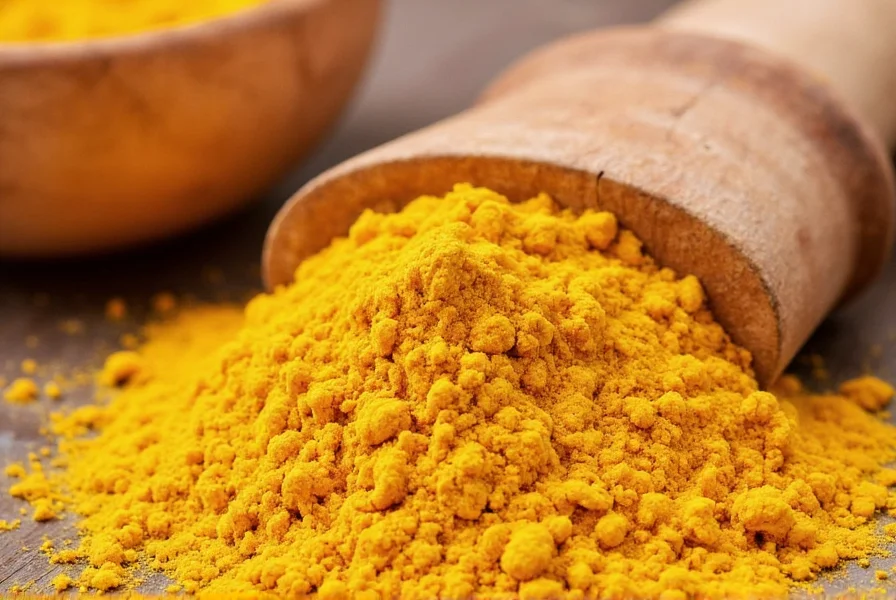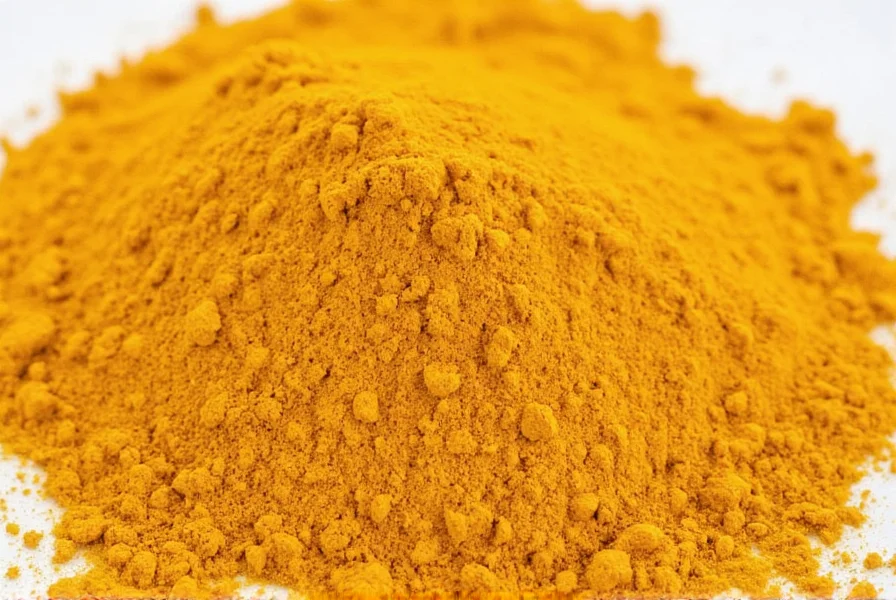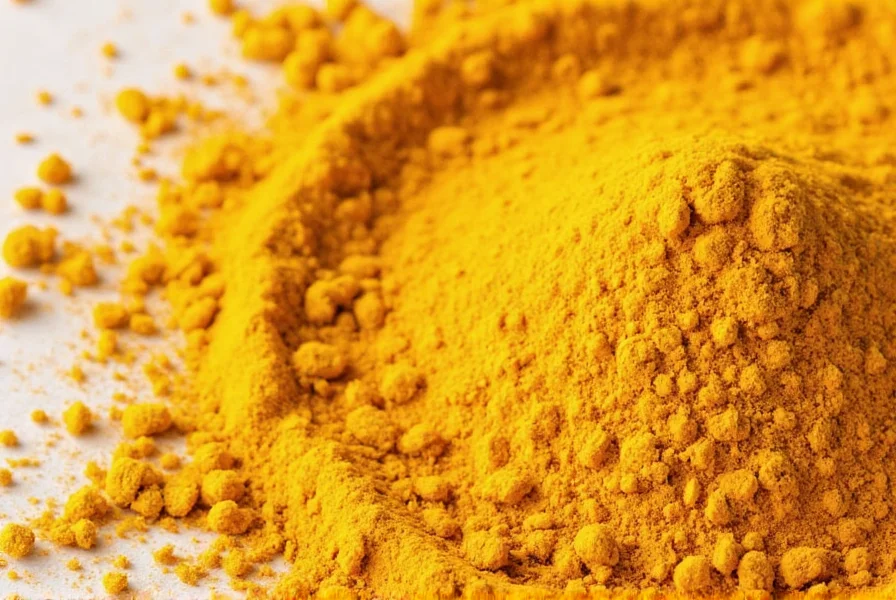Powdered turmeric has become a staple in kitchens and wellness routines worldwide, prized for both its culinary versatility and potential health properties. As the dried, ground form of Curcuma longa rhizomes, this golden spice delivers concentrated curcuminoids that give turmeric its distinctive color and studied biological activities. Understanding how to select, use, and store powdered turmeric properly maximizes both flavor impact and potential benefits.
What Exactly Is Powdered Turmeric?
Powdered turmeric begins as fresh turmeric roots harvested after 7-10 months of growth. The roots undergo thorough washing, boiling, drying (typically in ovens or sunlight for 10-15 days), and finally grinding into a fine powder. This processing concentrates the active compounds while extending shelf life significantly compared to fresh turmeric.
The key difference between powdered and fresh turmeric lies in concentration and convenience. One teaspoon of powder equals approximately one inch of fresh turmeric root, making measurement more precise for cooking. The drying process concentrates curcumin content to 2-8% by weight in quality powders, though some volatile oils diminish during processing.
Culinary Applications and Flavor Profile
Turmeric powder delivers earthy, slightly bitter notes with warm, peppery undertones. Its flavor integrates beautifully into:
- Curry blends and spice mixes
- Rice dishes and grain preparations
- Marinades for proteins
- Golden milk and wellness beverages
- Vegetable roasting blends
For optimal flavor release, always cook turmeric powder briefly in oil before adding liquids—a technique called "blooming" that activates its fat-soluble compounds. Start with 1/4 to 1/2 teaspoon per serving, adjusting to taste as excessive amounts can create bitterness.
| Application | Recommended Amount | Tips |
|---|---|---|
| Curry dishes | 1-2 tsp per 4 servings | Bloom in oil with other spices first |
| Golden milk | 1/2 tsp per 8oz liquid | Combine with black pepper and coconut oil |
| Rice or grains | 1/2 tsp per cup uncooked | Add to cooking water for even distribution |
| Smoothies | 1/4 tsp per serving | Pair with citrus for better absorption |
Storage Methods to Preserve Potency
Proper storage significantly impacts powdered turmeric's shelf life and effectiveness. Light, heat, and oxygen degrade curcumin content over time. Follow these guidelines:
- Store in an airtight container away from light (dark glass or opaque containers work best)
- Keep in a cool pantry location, not above the stove or near heat sources
- Use within 12-24 months for maximum potency (vs. 6-8 months for fresh turmeric)
- Check freshness by aroma—dull or musty smell indicates degradation
Refrigeration isn't necessary but can extend shelf life in humid climates. Freezing is unnecessary and may introduce moisture when thawing.

Evidence-Based Health Considerations
Research on turmeric powder focuses primarily on curcumin, which typically comprises 2-8% of quality powders. Studies suggest potential anti-inflammatory effects, though important considerations include:
- Bioavailability challenge: Curcumin has poor absorption alone—combine with black pepper (piperine) to increase absorption by up to 2,000%
- Dosage reality: Most studies use concentrated extracts (500-2,000mg curcumin), equivalent to several tablespoons of powder daily
- Realistic expectations: Culinary use provides general wellness support but shouldn't replace medical treatment
When incorporating turmeric powder for potential health benefits, pair it with healthy fats (coconut oil, avocado) and black pepper. A typical wellness-focused serving might include 1/2 teaspoon turmeric powder with a pinch of black pepper in warm milk or soup.
Safety and Practical Considerations
Powdered turmeric is generally safe for culinary use, but note these important considerations:
- May interact with blood thinners—consult your healthcare provider if taking anticoagulant medications
- High doses may cause digestive discomfort in sensitive individuals
- Can temporarily stain teeth and surfaces yellow (use caution when handling)
- Pregnant women should limit consumption to culinary amounts
Quality concerns exist with some commercial products. Choose organic, third-party tested powders when possible to avoid potential contaminants like lead or fillers. Vibrant yellow-orange color (not dull brown) and strong earthy aroma indicate freshness.

Maximizing Benefits in Daily Routine
For those interested in incorporating powdered turmeric beyond basic cooking, consider these evidence-informed approaches:
- Morning boost: Add 1/4 teaspoon to scrambled eggs with black pepper
- Golden milk: Heat 1 cup milk (dairy or plant-based) with 1/2 tsp turmeric, pinch of black pepper, and 1/4 tsp cinnamon
- Salad dressing: Whisk 1/2 tsp turmeric into vinaigrettes with olive oil
- Roasted vegetables: Toss vegetables with 1/2 tsp turmeric before roasting
Consistency matters more than large single doses—regular moderate consumption provides more sustained benefits than occasional high doses. Remember that turmeric powder works best as part of an overall healthy diet rather than a standalone solution.











 浙公网安备
33010002000092号
浙公网安备
33010002000092号 浙B2-20120091-4
浙B2-20120091-4